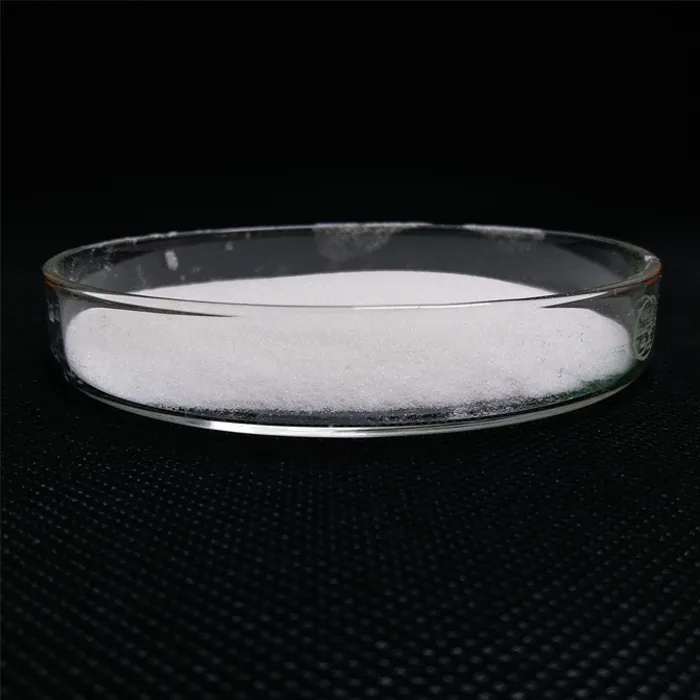Chemicals Used in Sewage Treatment Plants An Overview
Sewage treatment plants (STPs) play a crucial role in maintaining public health and protecting the environment by treating wastewater before it is released back into natural water bodies or reused. The process generally involves several stages, each requiring specific chemicals to effectively break down pollutants and ensure that the treated water meets legal and safety standards.
One of the primary stages of sewage treatment is preliminary treatment, where large solids and debris are removed from the wastewater. This often involves screening and grit removal, which might not require significant chemical input but sets the stage for more complex processes. However, once the water moves into primary treatment, the use of chemicals becomes more pronounced.
In the primary treatment phase, coagulants such as aluminum sulfate (alum) or ferric chloride are added to aid the sedimentation process. These chemicals help to clump together smaller particles and organic matter, facilitating their removal from the water. The resulting sludge can then be disposed of or treated separately, thus significantly reducing the volume of contaminants in the effluent.
The secondary treatment process, typically involving biological processes, often requires additional chemicals to enhance microbial activity and nutrient removal. One of the essential chemicals used in this phase is sodium hydroxide, which helps maintain the optimal pH for microbial processes and ensures that bacteria can efficiently break down organic matter. However, there are instances where additional nutrients, such as phosphorus and nitrogen, may be necessary for the microbial community to thrive. In such cases, chemicals like ammonium sulfate or phosphoric acid may be introduced to provide these essential nutrients, fostering a balanced ecosystem within the treatment plant.
chemical used in sewage treatment plant

In advanced treatment stages, particularly in tertiary treatment, more specialized chemicals are employed. Chlorine is commonly used as a disinfectant to eliminate pathogens that may remain after secondary treatment. However, chlorine can form harmful byproducts, so many sewage treatment plants are turning to alternative disinfectants like ultraviolet (UV) light or ozone. These processes, while potentially more expensive, ensure a safer and more environmentally friendly approach to disinfection.
Another important category of chemicals used in STPs includes flocculants, which aid in removing fine particles that would otherwise pass through the treatment process. Polymers such as polyacrylamide are often used in conjunction with coagulants to enhance sedimentation and improve the clarity of the treated water. This improves not only the quality of effluent but also the overall efficiency of the treatment process.
The use of chemicals in sewage treatment is not without its challenges. The selection and dosing of chemicals must be carefully managed to avoid over-treatment, which can lead to excessive residuals in the environment. Additionally, regulatory compliance mandates that STPs continuously monitor the concentrations of these chemicals in treated water to ensure they do not pose risks to human health or aquatic life.
Another area of concern is the potential for chemical interactions and the formation of toxic byproducts during the treatment process. Operators must be aware of these interactions and take steps to mitigate any negative effects, further emphasizing the need for rigorous testing and quality control throughout the treatment process.
In conclusion, chemicals play an integral role in the effective operation of sewage treatment plants. From coagulants and disinfectants to flocculants and pH regulators, each chemical has a specific function that contributes to the overall goal of producing safe, clean water. As technology advances and regulatory requirements evolve, the use and management of these chemicals will continue to adapt, ensuring that sewage treatment remains effective, efficient, and environmentally responsible. Through careful monitoring and innovative practices, STPs can continue to safeguard public health and protect our precious water resources.

